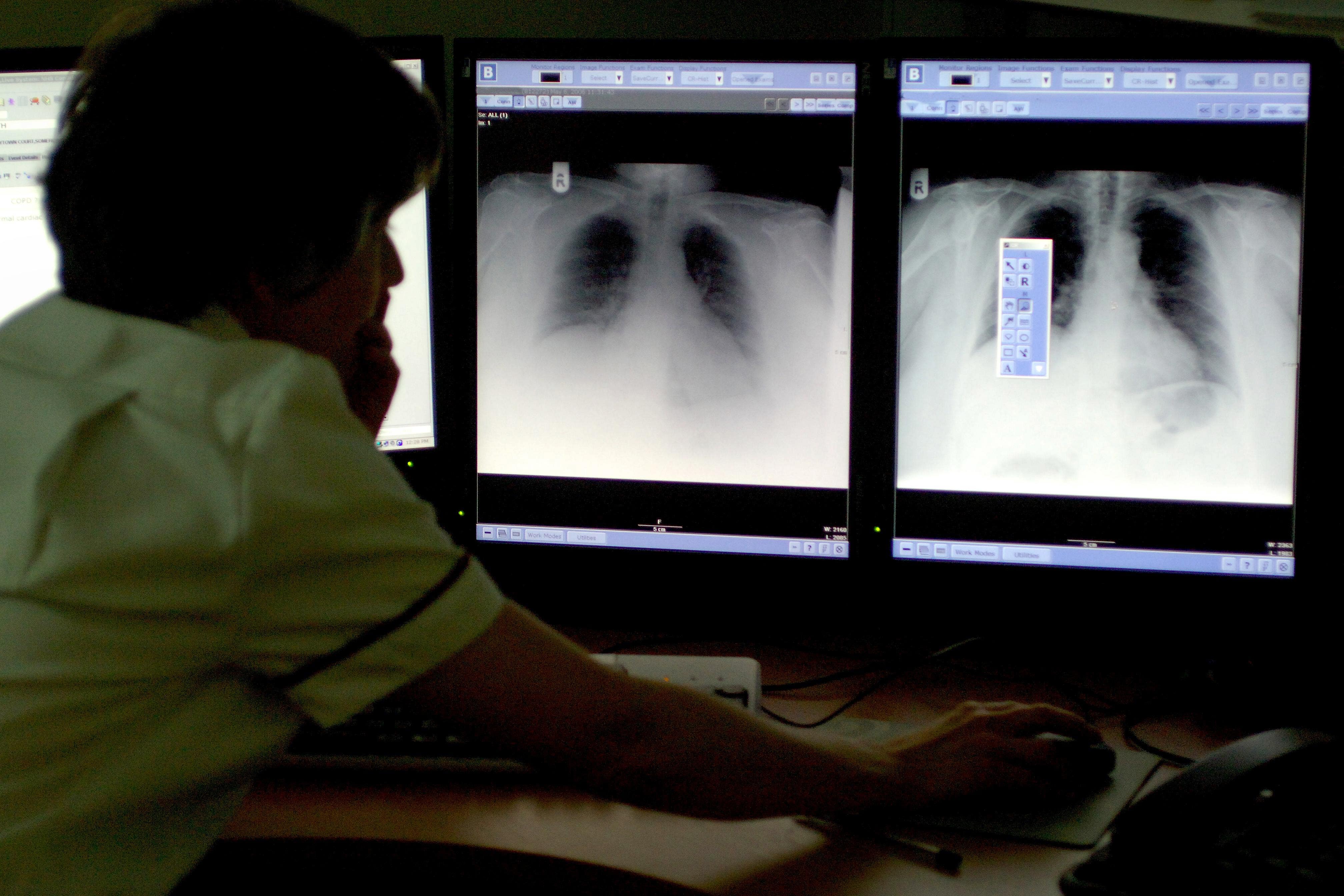AI tools to improve people’s health could put them at risk in other ways, doctors warn
Artificial intelligence is increasingly used in radiology – but could contribute to the single biggest health threat there is, climate change

The growing use of artificial intelligence in medical settings could put at our health at risk in other ways, doctors have warned.
AI is increasingly used in settings such as radiology, where it can be used to quickly examine data and images to understand a patients’ health. But that setting – and many others – can also contribute towards climate change that could have disastrous effects for people’s health, doctors have warned.
“According to the World Health Organization, climate change is the single biggest health threat facing humanity,” the authors of a new paper focusing on radiology warns. The large amount of emissions coming from the medical field could eventually hurt the health of the same people it it is aiming to protect, they say.
“Medical imaging generates a lot of greenhouse gas emissions, but we often don’t think about the environmental impact of associated data storage and AI tools,” said Kate Hanneman, vice chair of research and associate professor at the University of Toronto and deputy lead of sustainability at the Joint Department of Medical Imaging at Toronto General Hospital. “The development and deployment of AI models consume large amounts of energy, and the data storage needs in medical imaging and AI are growing exponentially.”
“We need to do a balancing act, bridging to the positive effects while minimising the negative impacts,” Dr Hanneman said. “Improving patient outcomes is our ultimate goal, but we want to do that while using less energy and generating less waste.”
As with other AI systems, developing models for use in healthcare requires gathering vast amount of training data, in addition to the billions of medical images that are generated each year. All of that data must be stored, and that tends to be done in server farms that are located elsewhere.
Those centres can use vast energy for their power and cooling. “Recent estimates suggest that the total global GHG emissions from all data centers is greater than the airline industry, which is absolutely staggering,” said Dr Hanneman.
The experts called for a range of responses, including sharing resources and collaborating so that the expended energy can be shared. They also suggest that AI should be built to be efficient, use hardware that requires less energy, ensure data is compressed and removed when it is redundant.
“Environmental costs should be considered along with financial costs in health care and medical imaging,” said Dr Hanneman in a statement. “I believe AI can help us improve sustainability if we apply the tools judiciously. We just need to be mindful and aware of its energy usage and GHG emissions.”
The new paper, ‘Environmental Sustainability and AI in Radiology: A Double-Edged Sword’, is published in Radiology.
Join our commenting forum
Join thought-provoking conversations, follow other Independent readers and see their replies
Comments
Bookmark popover
Removed from bookmarks